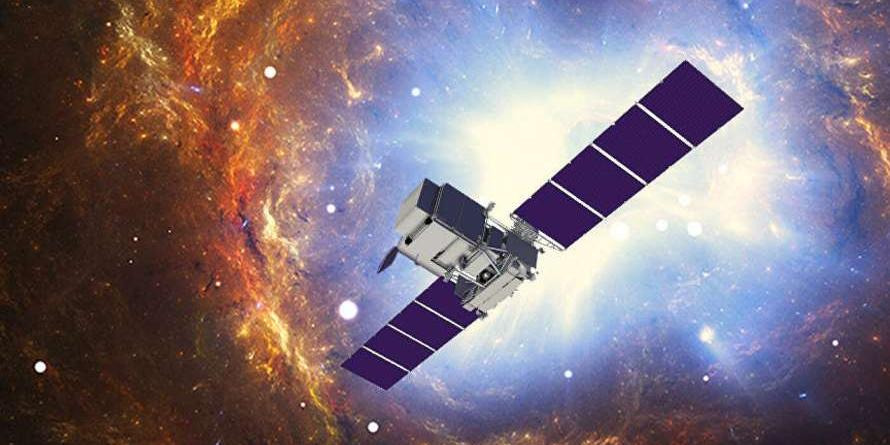This year has become an anniversary not only for MEPhI itself, but for many of its divisions. On December 1, 2022, the Institute of Cosmophysics of the MEPhI will celebrate its 25th anniversary.

The Institute was "born and raised" at one of the oldest departments of MEPhI - the Department of Experimental Nuclear Physics. It was organized to coordinate the scientific research of outer space and its peaceful use at MEPhI.
The first director of the institute was a professor, full member of the Tsiolkovsky Russian Academy of Cosmonautics Arkady Galper.
The main direction of the scientific activity of the Institute of Cosmophysics was and remains the conduct of fundamental and applied research by nuclear physics methods using automatic spacecraft and manned orbital stations. That is, the Institute prepares experiments that are carried out in space. By the way, among the seven laboratories that make up the Institute, there is also a Laboratory for processing the results of cosmophysical experiments.
Scientists of the institute solve a huge range of problems. This is the study of the influence of cosmic radiation on the body of astronauts during a long orbital flight, the study of the processes of birth, acceleration and propagation of elementary particles and nuclei in outer space, the study of the processes occurring on the Sun and their influence on the world around us, the development of new methods for the study of outer space and creation of unique nuclear-physical instruments for operation on artificial satellites of the Earth and others
The institute is trying to find answers to the fundamental questions of the universe, for example:
- what determines the masses of fundamental particles;
- what is the nature of dark matter that ensures the stability of galaxies;
- why there is no antimatter in the world around us;
- in what state was the matter in the first moments of the life of the universe.
One of the brightest pages in the history of the Institute of Cosmophysics is the research carried out by cosmonauts Sergey Avdeev, Nikolai Rukavishnikov and Alexander Alexandrov aboard the orbital stations Salyut-6 and Salyut-7, Mir and the International Space Station, as well as on artificial satellites. Cosmophysical research was carried out using instruments developed and built at MEPhI, such as the Gamma-1 gamma-ray telescope. By the way, Sergei Avdeev and Nikolai Rukovishnikov are MEPhI graduates.
At the Institute of Cosmophysics today, model calculations of all nodes of the space gamma-ray telescope GAMMA-400 are being carried out and their prototypes are being created. Some of them are already being tested at the Pakhra synchrotron at the Troitsk Scientific Center of the Russian Academy of Sciences.
On the basis of new results of scientific research obtained at the Institute, the educational programs "Nuclear Physics and Space Physics" for undergraduate students and "Experimental Nuclear Physics, Space Physics and Physics of Fundamental Interactions" - for graduate students of the Nuclear Physics and Technology Institute are constantly updated.





